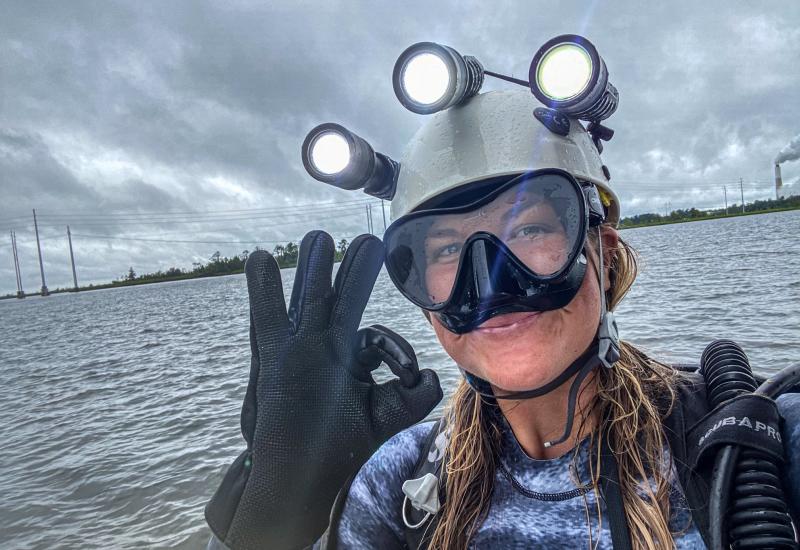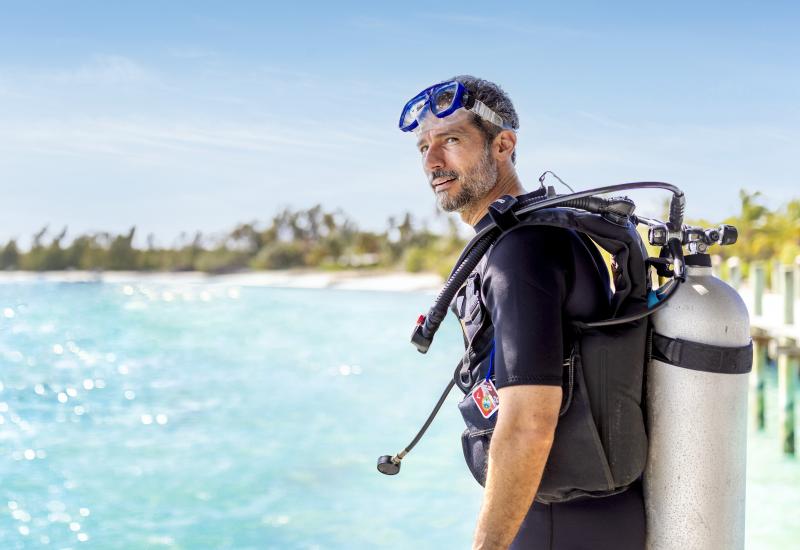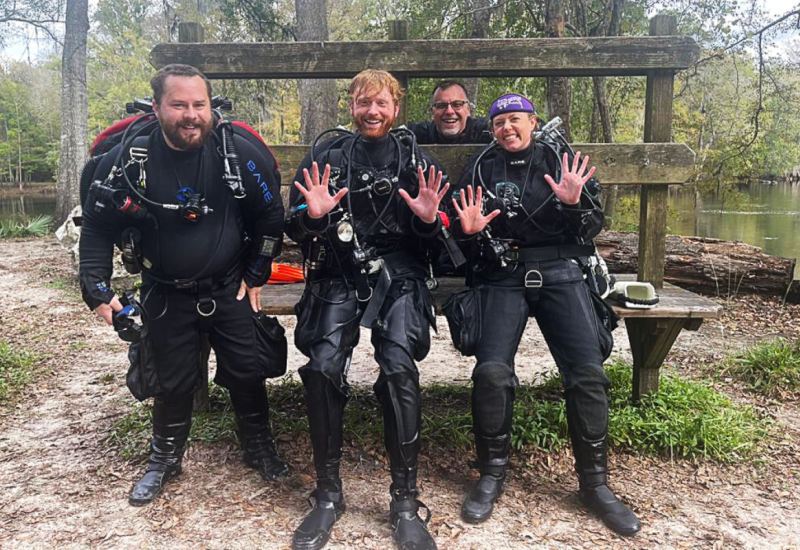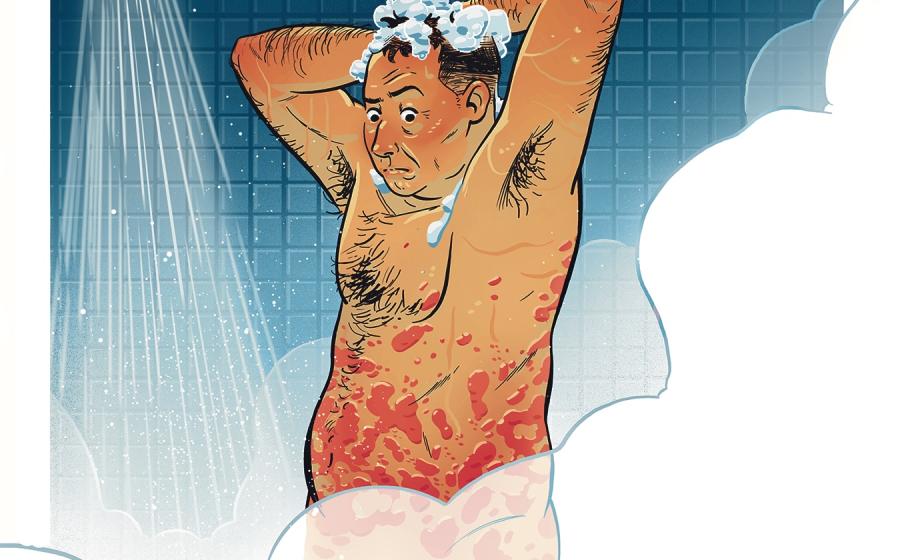What It's Like To Be A Cave Diver

What It's Like
To Be A Cave Diver
Steven P. Hughes
I swim through the veins of Mother Earth, exploring shadowy recesses inside the planet. The ominous portals of underwater caves repel most people, but I am attracted to the constricted corridors, squeezing through, relying on sophisticated technology for every sustaining breath. This is my workplace. Within the darkness of my office, life depends on a finite balance between fear and discovery. A bad decision at work could cost me my life.
Cave diving has been called the world’s most dangerous sport, as well as the edgy frontier of earthbound scientific exploration and discovery. Even with modern equipment and training, about 20 people die every year in the dark catacombs of water-filled caves.
As a filmmaker and photographer, underwater caves represent the ultimate challenge: creating art while monitoring life-support equipment at task loads that take my mind and body to the limit. Sometimes solo, and other times as a member of a scientific expedition, I must be entirely self-sufficient. There’s no Mission Control to solve my problems while I am blindly groping for a lost guide line in a zero-visibility silt-out or am pinned by the current, with numb hands barely responding, beneath towering columns of jagged, deadly ice.
Despite the risk, I’m like a kid in a candy store, working with biologists discovering new species, physicists tracking climate change and hydrogeologists examining our finite freshwater reserves. I’ve discovered grisly sources of pollution, the roots of life inside Antarctic icebergs and ancient skeletal remains of Mayan civilizations. It is a privilege to uncover these hidden shrines and share mysteries concealed deep inside our planet.
Want to follow in Heinerth's footsteps? Learn how to become a cave diver here!
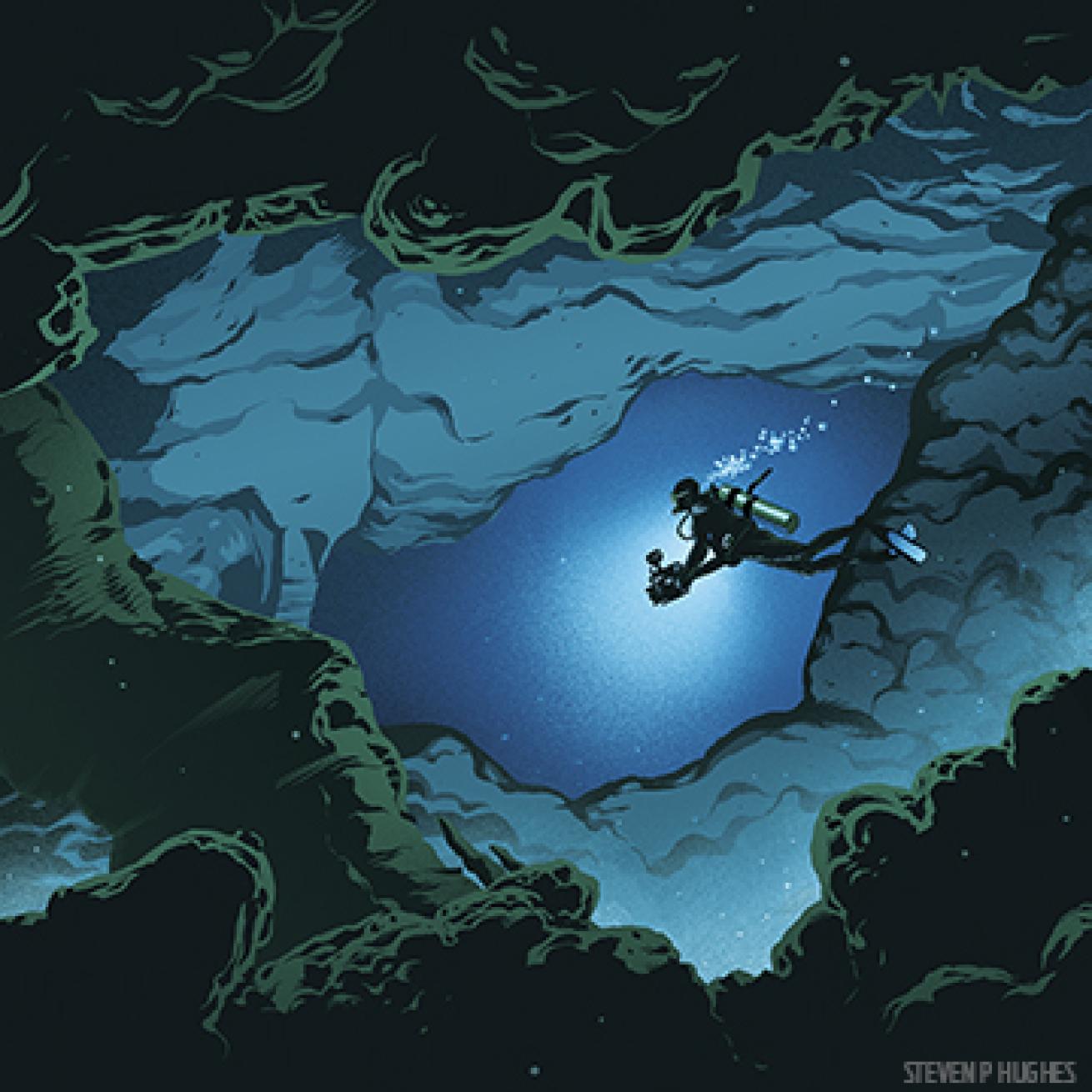
Steven P. HughesWhat It's Like
To Be A Cave Diver
I swim through the veins of Mother Earth, exploring shadowy recesses inside the planet. The ominous portals of underwater caves repel most people, but I am attracted to the constricted corridors, squeezing through, relying on sophisticated technology for every sustaining breath. This is my workplace. Within the darkness of my office, life depends on a finite balance between fear and discovery. A bad decision at work could cost me my life.
Cave diving has been called the world’s most dangerous sport, as well as the edgy frontier of earthbound scientific exploration and discovery. Even with modern equipment and training, about 20 people die every year in the dark catacombs of water-filled caves.
As a filmmaker and photographer, underwater caves represent the ultimate challenge: creating art while monitoring life-support equipment at task loads that take my mind and body to the limit. Sometimes solo, and other times as a member of a scientific expedition, I must be entirely self-sufficient. There’s no Mission Control to solve my problems while I am blindly groping for a lost guide line in a zero-visibility silt-out or am pinned by the current, with numb hands barely responding, beneath towering columns of jagged, deadly ice.
Despite the risk, I’m like a kid in a candy store, working with biologists discovering new species, physicists tracking climate change and hydrogeologists examining our finite freshwater reserves. I’ve discovered grisly sources of pollution, the roots of life inside Antarctic icebergs and ancient skeletal remains of Mayan civilizations. It is a privilege to uncover these hidden shrines and share mysteries concealed deep inside our planet.
Want to follow in Heinerth's footsteps? Learn how to become a cave diver here!

